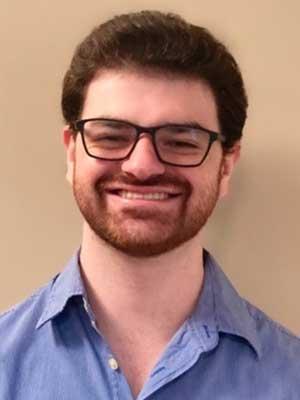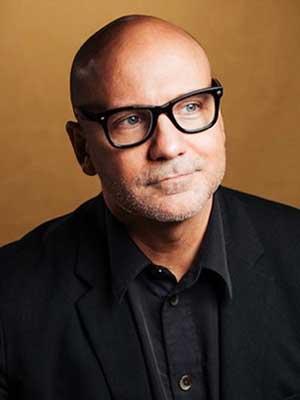How did you become interested in Art Therapy?
I first became interested in Art Therapy while earning an MFA at the School of the Art Institute of Chicago. There, I lived vicariously through my peers in the creative arts therapy department as they gleaned knowledge from the likes of Dan Seiden. Several years later, after a successful career as a creative director, I found Art Therapy to be the perfect path-pivot, melding my passions for art and psychology while helping others improve their lives and well-being.
What did you study as an undergraduate?
My undergraduate studies concentrated on Advertising/Design, which included several psychology courses that I found enriching and engaging. I also have an MFA focused on painting/drawing. My thesis for that degree explored performative masculinity within interpersonal male relationships.
What brought you to Hofstra?
I was attracted to the Hofstra CAT program based on its promise to deepen my understanding of the cognitive (knowledge), psychomotor (skills), and affective (behavior) learning domains. I plan to apply this acquired knowledge as I transition to the professional mental health space.
The program’s location in the Health Professionals & Human Services department was an additional plus. Having earned a previous master’s degree in art, I sought a program that emphasized a clinical curriculum.
What are things you like about being a Hofstra CATC?
I like the department’s intimate environment of experimental learning. The department’s theoretical approach combined with clinical and creative applications dovetails effectively with a responsive faculty committed to the success of each student within the CAAHEP-accredited program.
What is the best experience you had as a CATC student?
I’ve enjoyed the immersive experience of engaging in art therapy directives while learning about their correlating theories. This theory-based, application-oriented approach acts as a three-pronged teaching tool, educating me about the practice of Art Therapy, my diverse classmates, and myself.
What populations do you like to work with?
Upon entering the professional Art therapy community, I’d like to facilitate opportunities for transformation within the LGBTQIA+ population, including youth and adults struggling to define their identity.



